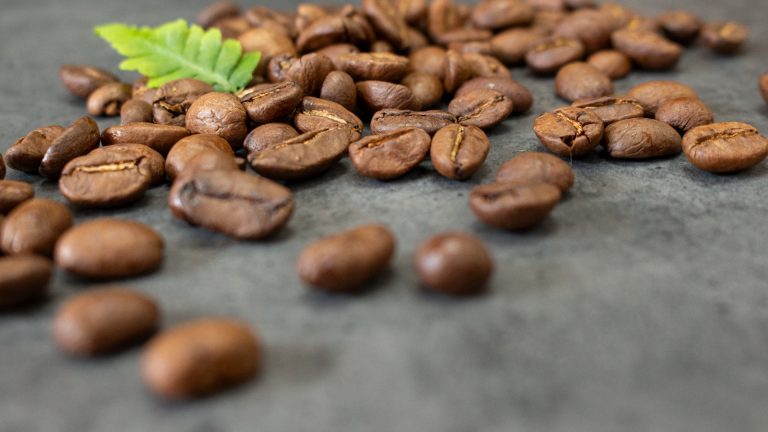What’s the most sustainable coffee packaging?
Alex | August 22, 2023

People and businesses are becoming increasingly environmentally aware. We live in a world now where consumers are making purchasing decisions based on sustainability. The coffee industry as a whole is making great strides to improve sustainability and you can read more about what the British Coffee Association is doing online. However, we’re taking a specific look at sustainable coffee packaging to help you find the perfect coffee for your office.
Why is packaging important?
Of course, packaging’s main purpose is to protect your coffee from any damage that could happen during transport, handling and storage. It needs to protect the coffee from humidity, light, heat and other external factors that could cause coffee beans or grounds to go stale. Coffee especially needs protection from sunlight, moisture, and oxygen in order to preserve its taste and aromatic characteristics.
If you’re using a sub-par packaging solution that’s not fit for purpose, it can break or get damaged. In this case, it’s not just the coffee that’s going to waste, but also the entire coffee supply chain from cultivation processing, transportation and roasting. Packaging is essential in order to contain the coffee in controlled portions for ease of sale. It’s also vital that coffee packaging is branded in order to appeal to consumers.
What are the challenges in making coffee packaging sustainable?
Did you know that packaging accounts for around just 3% of the coffee supply chain’s total carbon footprint? Despite this, the coffee industry understands that people are wanting greener packaging to help lower carbon emissions. There are businesses that do offer green coffee packaging, but there are challenges to adopting these new solutions. The main challenge for any compostable, recyclable, and biodegradable coffee packaging is freshness.
For most food products, oxygen is the enemy! Produce including coffee needs to be protected and the best, most secure packaging tends to be made with both plastic and aluminium. Aluminium has high barrier properties making it a popular choice for multilayer packaging. However, when it’s welded to plastic, aluminium becomes notoriously difficult to recycle, often requiring specialist facilities to separate them. This means that most coffee packaging made this way is not easily recyclable.
What are the different types of coffee packaging?
There are lots of different types of coffee packaging including glass, paper, metal cans and plastic bags or containers. One of the most popular sustainable forms of packaging is PLA (polylactic acid). PLA is a bioplastic made from cornstarch that is not only renewable but will completely break down within 90 days when placed in a commercial composting facility. Another green option is kraft paper which can be made from wood pulp or rice paper. These options are biodegradable but will need to be layered to provide adequate protection for coffee beans. A more recent addition to the coffee packaging world is LDPE. LDPE is a thermoplastic characterised by its properties as a thin, lightweight, and flexible material. And whilst it’s not biodegradable, it can be more easily recycled.
What we’re doing to be more green
At FreshGround sustainability is very important to us. We’re conscious of our environmental impact and have made a number of initiatives in moving to operate more ethically. You can understand more about what we’re doing in our sustainability section on the website. Currently, much of our packaging is made using multilayered plastic with aluminium. Whilst there are challenges with switching over to more sustainable packaging our goal is to do so and we’re actively looking at alternatives. To find out more about this, please get in touch with our team.